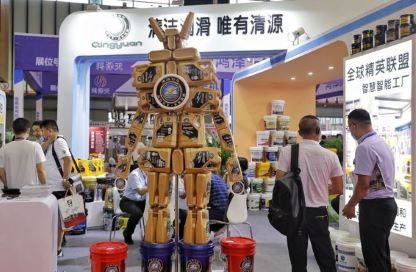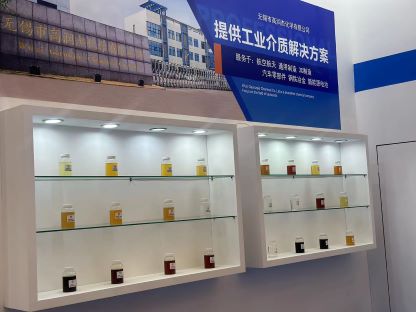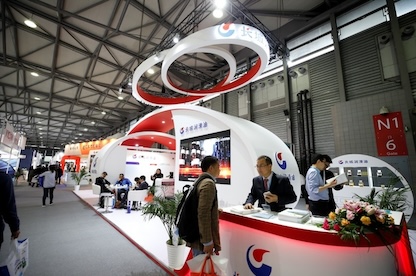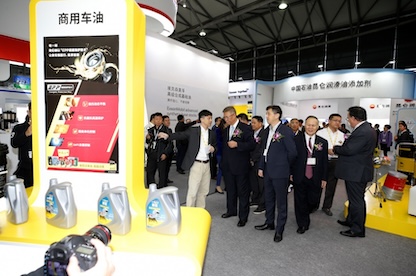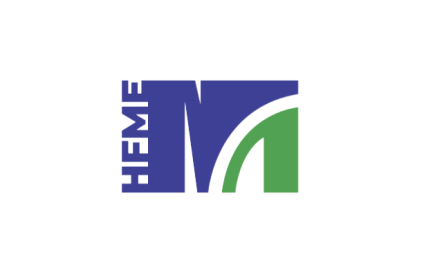登录注册后,您的订单将在个人中心里生成,请前往查看。同时,您将收到展会最新的动态。
中国有机肥协会传递行业最新资讯-粪肥还田探索绿色种养循环新模式
10月10日,山东省粪肥还田现场会在巨野县成功举办。作为山东省整县制“粪肥还田”绿色种养循环农业试点县,巨野县今年以来通过推进畜禽粪便资源化利用改造、集中收储加工等举措,积极探索“粪肥还田”绿色种养循环农业新模式,推动全县绿色种养循环农业走上可持续高质量发展道路。
巨野县是畜禽养殖大县,畜牧业总产值高达22.26亿元。在大力发展畜牧养殖的同时,该县全力推进畜禽粪污资源化利用,通过畅通粪肥还田渠道,有效探索畜牧业绿色发展新途径,不断提升经济效益、社会效益和生态效益。为此,巨野县成功引进总投资10亿元的有机废弃物资源化利用项目。该项目以巨野有机废弃物资源化处理中心为核心,连接大田种植和集约化养殖,建设有机废弃物资源化处理中心、大田种植基地、粮食烘干仓储基地等,构建“畜禽养殖—清洁能源—土壤改良基质—农业种植”一体化有机衔接的种养结合自循环模式。通过这一模式的打造,巨野县探索出了养殖大县畜禽粪污资源化处理还田的独特模式。
据了解,该项目以有机废弃物为原料,生产沼气和固态有机肥,年处理畜禽粪污、改厕黑水、大棚尾菜和秸秆达100万吨;年产沼气5400万方,外供蒸汽50万吨/年;流转托管耕地10万亩,沼液沼渣添加菌剂彻底腐熟后全部还田,有效改良土壤、提升地力。
巨野县还投资6175万元实施国家畜禽粪污资源化利用整县推进项目,重点支持建设畜禽粪污集中处理中心和提升完善中小型养殖场粪污处理设施。目前,全县部分大型规模化养殖场都在利用粪便加工成商品有机肥,供给附近种植户,实现资源化利用。
据巨野县农业农村局负责人介绍,2022年全县畜禽粪污综合利用率达91.06%,畜禽粪污综合利用量达109.1371万吨。这不仅解决了畜禽养殖业粪便污染问题,还充分利用有机肥生产,大力推行有机食品种植,既让农民致富,又每年减排氨氮,使畜牧养殖业走上了畜禽多、有机肥多、群众收入多的良性循环绿色发展之路。
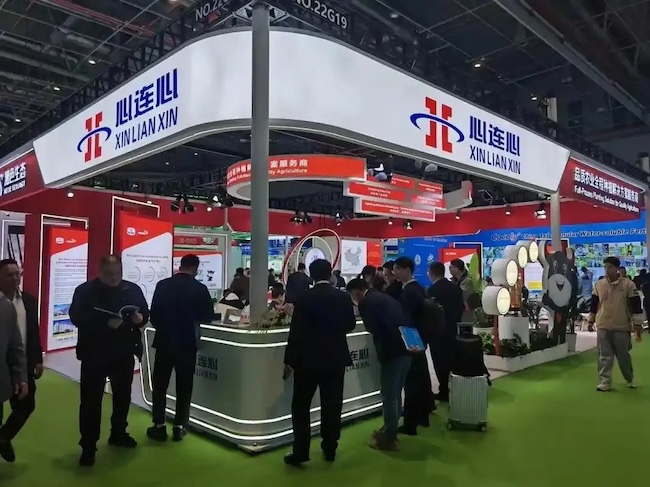
On October 10th, the Shandong Provincial Field Meeting on Manure Return to Farmland was held in Juye County. As a pilot county for the green planting-breeding circular agriculture project of "manure return to farmland" implemented at the county level in Shandong Province, Juye County has actively explored a new model of green planting-breeding circular agriculture through measures such as promoting the resource utilization and transformation of livestock and poultry manure, and centralized collection, storage, and processing this year, thus pushing the county's green planting-breeding circular agriculture onto a path of sustainable and high-quality development.
Juye County is a major livestock and poultry breeding county, with a total output value of animal husbandry reaching 2.226 billion yuan. While vigorously developing livestock and poultry breeding, the county has also made every effort to promote the resource utilization of livestock and poultry manure, explored new paths for green development in animal husbandry by smoothing the channels for manure return to farmland, and continuously improved economic, social, and ecological benefits. To this end, Juye County has successfully introduced an organic waste resource utilization project with a total investment of 1 billion yuan. With the Juye Organic Waste Resource Processing Center as the hub, the project connects field planting and intensive breeding, and constructs an organic waste resource processing center, field planting bases, and grain drying and storage bases, building an integrated and organically connected planting-breeding self-cycling model of "livestock and poultry breeding - clean energy - soil improvement substrate - agricultural planting". Through the creation of this model, Juye County has explored a unique model for the resource utilization and return of livestock and poultry manure to farmland in large breeding counties.
It is understood that the project uses organic waste as raw material to produce biogas and solid organic fertilizer, with an annual processing capacity of 1 million tons of livestock and poultry manure, blackwater from toilet revolution, greenhouse vegetable residues, and straw; an annual biogas production of 54 million cubic meters, and an external supply of 500,000 tons of steam per year; it also involves the circulation and management of 100,000 mu of cultivated land, with the biogas slurry and residue being thoroughly composted with the addition of microbial agents before being returned to the farmland to improve soil quality and fertility.
Juye County has also invested 61.75 million yuan to implement the national project for promoting the resource utilization of livestock and poultry manure at the county level, focusing on supporting the construction of centralized manure processing centers and improving manure treatment facilities in small and medium-sized farms. Currently, some large-scale and intensive farms in the county are utilizing manure to produce commercial organic fertilizer, which is supplied to nearby farmers for resource utilization.
According to the head of the Juye County Agricultural and Rural Bureau, the comprehensive utilization rate of livestock and poultry manure in the county reached 91.06% in 2022, with a total utilization amount of 1.091371 million tons. This not only solves the problem of manure pollution in the livestock and poultry breeding industry but also fully utilizes organic fertilizer production to promote organic food planting, which not only enriches farmers but also reduces ammonia nitrogen emissions every year, thus putting the livestock and poultry breeding industry on a virtuous cycle of green development with more livestock and poultry, more organic fertilizer, and more income for the people.










